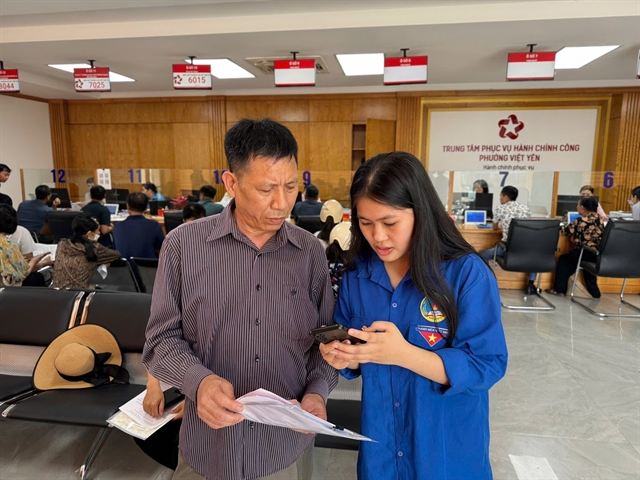 Opinion
Opinion

Thái Duy Sâm, vice chairman of Việt Nam Building Material Association speaks with Kinh tế & Đô thị (Economics & Urban Affairs) newspaper about challenges and shortcomings in production technology and environmental protection for the construction material industry

|
Thái Duy Sâm
Thái Duy Sâm, vice chairman of Việt Nam Building Material Association, speaks with Kinh tế & Đô thị (Economics & Urban Affairs) newspaper about challenges and shortcomings in production technology and environmental protection for the construction materials industry
How do you assess the achievements of the construction materials industry in recent years?
The construction materials industry started to develop strongly after the renewal period and it is capable of meeting the needs of both domestic and international construction materials markets.
As a result, Việt Nam has switched from a country that imported most of its construction products to one that exports them as its capacity production has a surplus of between 10 and 30 per cent for exports.
Construction products such as tiles and sanitary porcelain have been exported to nearly 40 countries around the world. The export value of main construction material products reaches billions of dollars per year such as cement, ceramic tiles, sanitary porcelain and glass.
What limitations does the industry have?
The first limitation is production technology. Although there has been a policy of eliminating obsolete and backward technologies and investing in advanced technologies, in some areas, small-scale production facilities are unable to afford modern equipment.
Traditional brick kilns, which still exist in some areas despite their threat to the environment and people’s health, are an example. Small-scale and semi-automated production chains still account for 33 per cent of the cement industry.
Environmental protection is still inadequate as the use of coal accounts for a high proportion in the production of construction materials. Some small-scale production facilities have sub-standard environmental protection equipment.
In addition, the management responsibilities of agencies in environmental protection in many localities has not been implemented strictly.
What are the solutions to overcome these limitations?
I believe investment to renovate science and technology activities of enterprises should be the priority.
Training human resources to become skilled and qualified workers is necessary to meet the requirements of developing construction materials in the future.
The most important factor is to perform market research accurately and comprehensively in both domestic and international markets for each type of construction material product. Green and eco-friendly products must be prioritised.
This will help businesses chalk out their plan to produce, trade and invest in technology to achieve the highest efficiency and avoid causing waste of natural resources and capital of businesses due to spontaneous investment. — VNS




